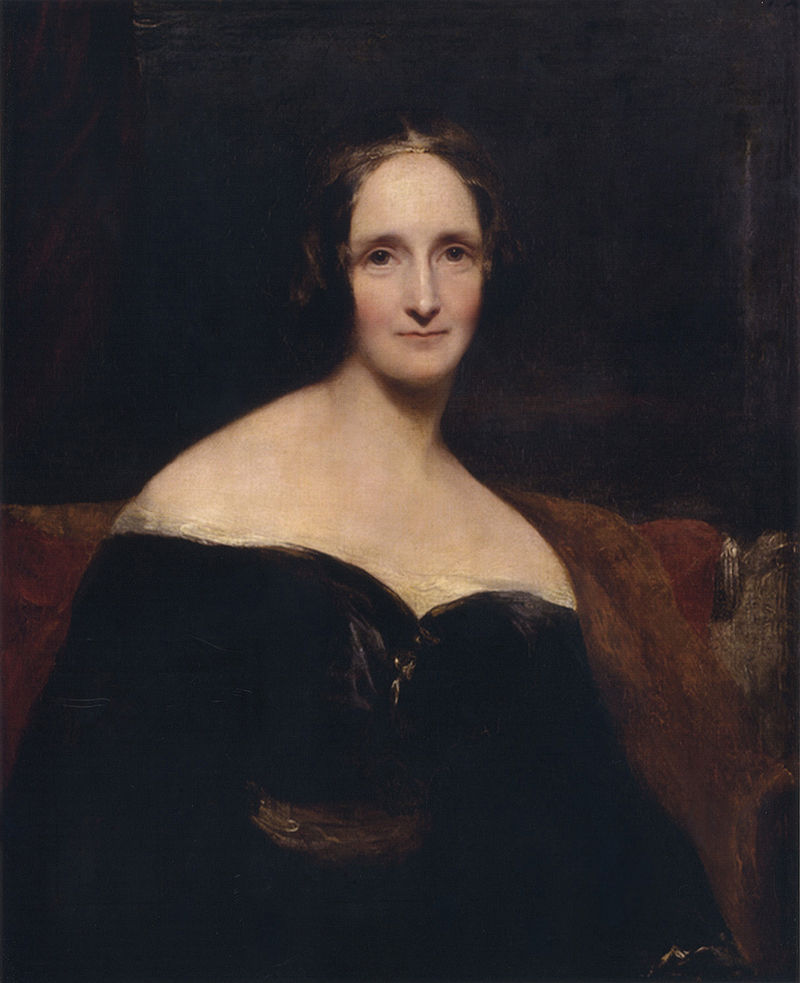Vincent Van Gogh lived a short life and committed suicide when he was only 37 years old. For many painters, writers, and collectors, Van Gogh’s story is an interesting one, often shrouded in mystique due to the artist’s own struggles with mental health issues and psychic instability. After his death, when Van Gogh’s paintings finally received the acclaim that they never did in his lifetime, public interest also grew surrounding the artist’s life story. Rumors circulated about his madness and his creative genius. In the 1920s, a young Irving Stone (born Irving Tennenbaum) traveled with his then-wife Lona Mosk to Paris, where he began investigating Van Gogh’s life and works. Stone’s research led to the critically acclaimed biography Lust for Life (1934).
us toll free: 1-800-948-5563 international: +1 (843) 849-0283 UK: +44 (0) 1334 260018









_cover.jpg)












